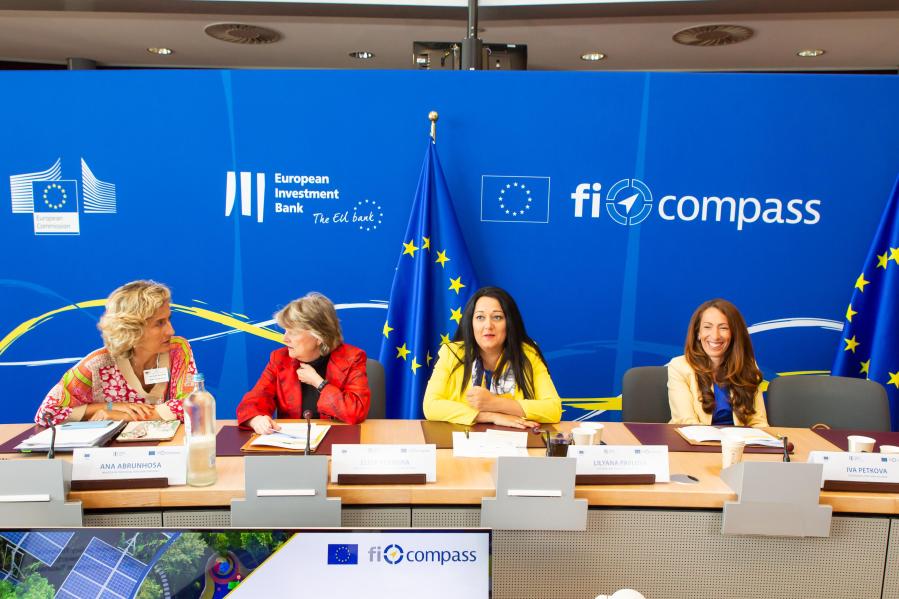The two models will support the initiatives REPowerEU and New European Bauhaus
(Sustainabilityenvironment.com) – The European Commission and the EIB have joined forces to develop two new replicable financial models useful to speed up the green transition of the real estate sector, encouraging investment in the energy efficiency of buildings and territorial regeneration.
The announcement was made in Brussels by the EU Commissioner for Cohesion and Reform, Elisa Ferreira and Lilyana Pavlova, EIB Vice-President. The financial instruments proposed by the project will support the initiatives REPowerEU and New European Bauhaus.
In addition to providing practical guidance to banks and EU fund management authorities, the models will provide options on how to combine EU grants and loans on favorable terms. All with the aim of financing investments in support of energy efficiency of buildings and territorial development.
“The EIB is committed to stepping up its support for Europe’s energy sector through its lending, fund management and advisory activities”, said Lilyana Pavlova. “We believe that this combined package of support can play a crucial role in speeding up the transition to a low-carbon economy. Hopefully, these models can inspire more managing authorities and other stakeholders to make more use of financial instruments, and we will redouble our efforts in ensuring that the necessary financing is available to meet both the EU’s long term goals to reduce carbon emissions, and the immediate needs to bolster our energy resilience.”
New models to help efficiency
The financial instruments proposed by the project have been jointly developed within the framework of fi-compass, an advisory mandate managed by the EIB’s Advisory Services and the European Commission. On several occasions, these instruments have proven to be a valuable aid in increasing investment in building renovations, reducing emissions, combating energy poverty and improving the quality of life.
Read also European Green deal: three tenders for the New European Bauhaus
This is because the models offer a path to exploit the funds available through the EU budget and EIB co-financing, by mobilizing additional resources from banks and private investors.
More investment to meet Green Deal goals
“To achieve our climate and energy efficiency targets, we need to mobilize private investments. These new financial instrument models are yet another example of how Cohesion Policy contributes to the European Green Deal. The combination of grants and loans in these models can leverage such investments and encourage deeper renovations and a more sustainable, inclusive and aesthetic territorial development. I invite Member States and Managing Authorities to make use of these models.” Commissioner Elisa Ferreira concluded.
This will increase the economic resources available to local authorities for cohesion policy. By speeding up the achievement of the Green Deal objectives and keeping in line with the EIB Climate Bank’s roadmap.
The two models are available online; one for investments in energy efficiency within EU repower and one for projects associated with the New European Bauhaus initiative.

